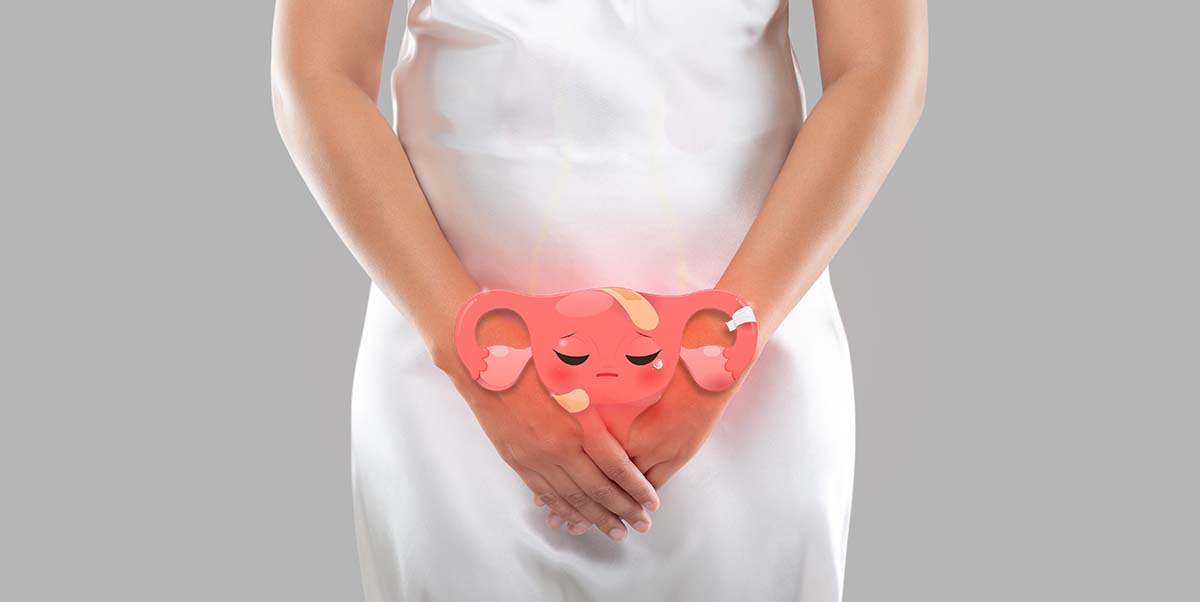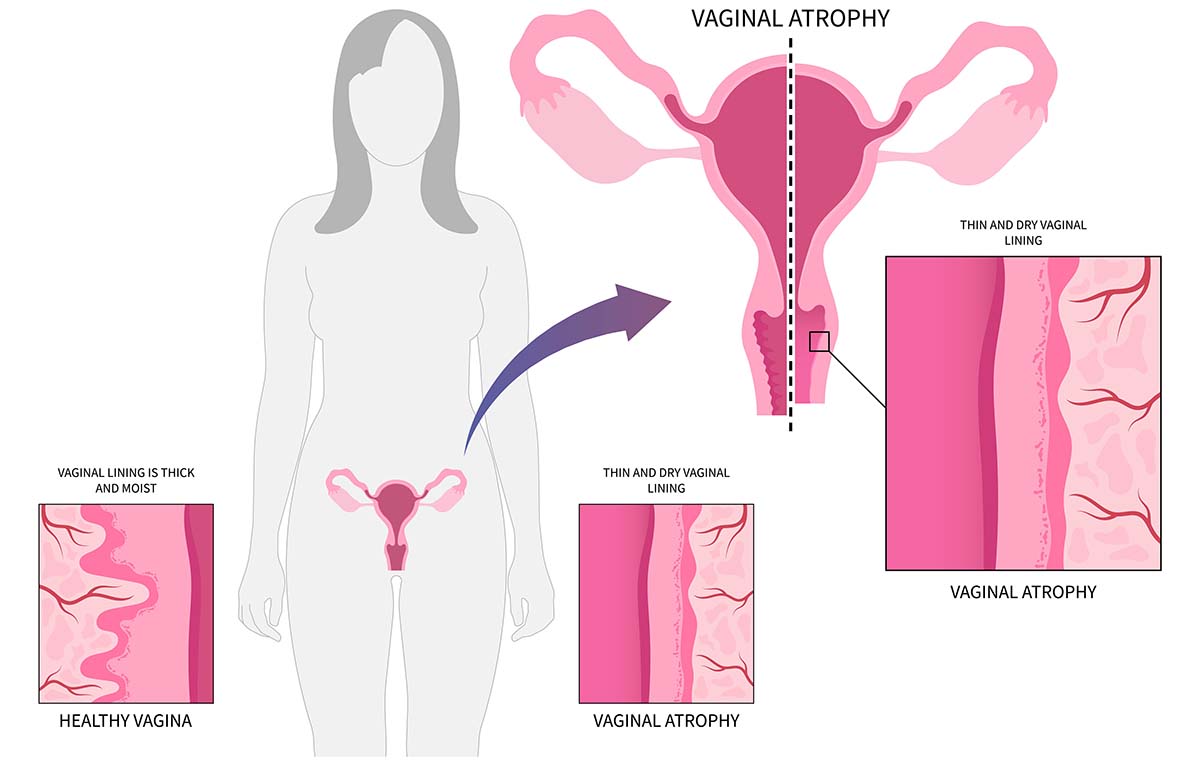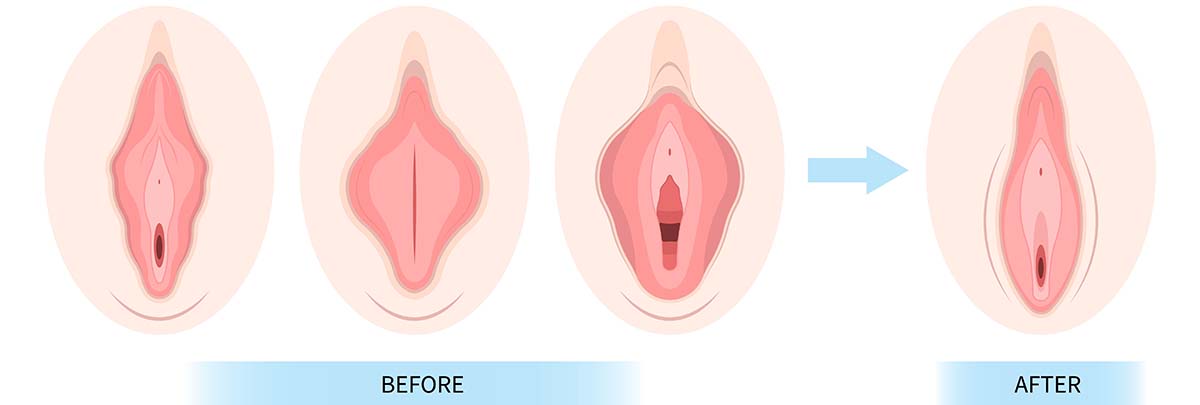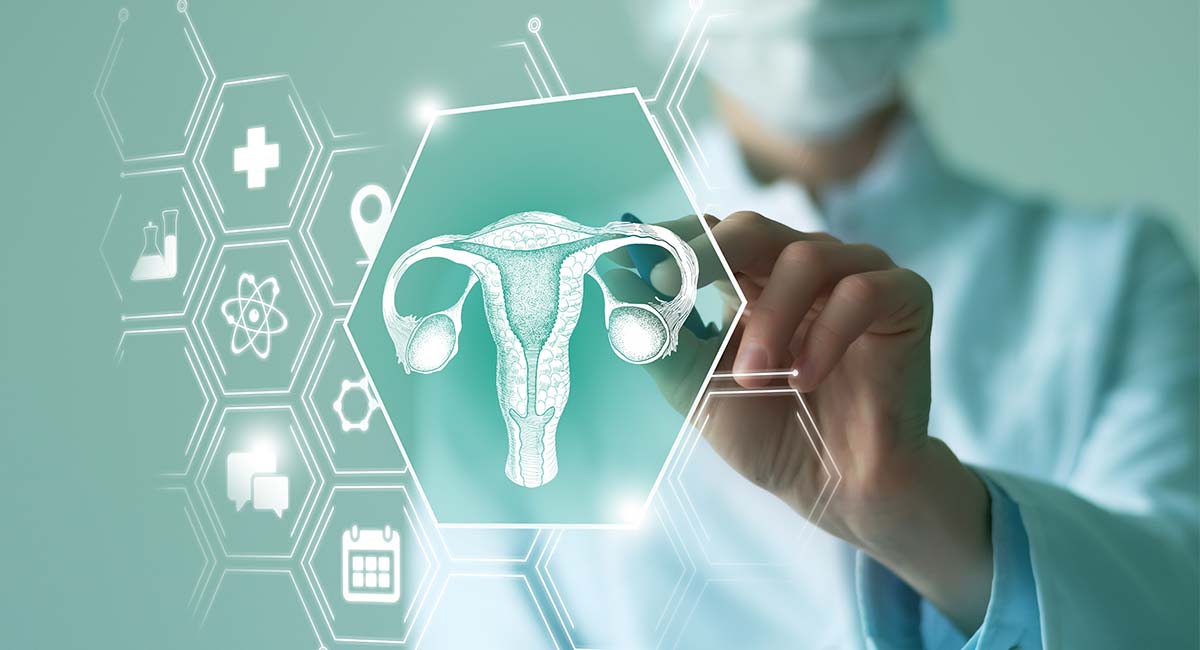Pain during sexual intercourse is a frequently overlooked yet medically significant issue affecting millions of women. Known clinically as dyspareunia, this condition can result from a wide range of physical, hormonal, neurological, and psychological factors. Understanding what causes pain during sex in females is essential for accurate diagnosis and targeted treatment.

This article explores the medical reasons behind painful sex, how cosmetic gynecology can address structural contributors, and the most effective treatments to restore comfort and sexual function.
Superficial vs. Deep Pain During Intercourse
Pain during sex may occur either superficially (at the vaginal opening) or internally (deep pelvic pain). Differentiating these is key to treatment.
- Superficial pain may result from inflammation, scarring, or hormonal dryness.
- Deep pain during sex can involve the cervix, uterus, bladder, or gastrointestinal structures.
Symptoms may also include sharp pain during sex, burning, stinging, or the feeling that the penis is hitting deep inside. In such cases, women often complain, saying, “pain during sex feels like he’s hitting something.”
Medical Causes of Pain During Sex

1. Hormonal Atrophy and Vaginal Dryness
Reduced estrogen, especially after menopause, childbirth, or breastfeeding, leads to thinning and loss of elasticity in the vaginal epithelium. The resulting dryness and fragility are hallmark signs of Genitourinary Syndrome of Menopause (GSM).
Vaginal dryness causes include estrogen deficiency, medications (such as SSRIs or antihistamines), and cancer therapies. These symptoms often lead to vaginal pain during sex, tearing, and post-coital bleeding. Studies show that over 50% of postmenopausal women experience vaginal atrophy-related sexual pain1.
2. Vaginal Laxity and Birth Trauma
Childbirth can cause overstretching of the vaginal canal, resulting in reduced tone and discomfort during intercourse. Scar tissue from episiotomies may contribute to sharp pain during sexually active female patients.
Structural changes may also cause cervix pain during sex, especially if the vaginal axis or perineum has been altered. Healing complications can leave fibrotic bands or neuromas, which worsen pain.
Surgical correction, such as vaginoplasty or perineoplasty, is often recommended when symptoms persist. While recovery is generally straightforward, patients should follow physician guidelines for vaginoplasty recovery over 4–6 weeks.
3. Pelvic Floor Dysfunction
Tight, overactive pelvic floor muscles (hypertonicity) can cause significant pain during penetration. This is a common reason for pain during sex that is unrelated to infection or pathology. Patients may experience abdominal pain during sex, lower stomach pain during sex, or a burning sensation at the introitus.
Treatment involves pelvic physiotherapy and may include neuromodulation or trigger point injections in more severe cases.
4. Endometriosis and Deep Pelvic Pathology
Endometriosis affects 1 in 10 women of reproductive age and is a leading cause of uterus pain during sex and deep pelvic pain2. It involves ectopic endometrial tissue that responds to hormonal changes, causing inflammation and fibrosis.
Pain is typically cyclical but can become chronic, presenting as sharp pain during sex or post-coital cramping. Pelvic Inflammatory Disease (PID) and adhesions from prior surgeries can cause similar symptoms.
5. Painful Sex During Pregnancy
Hormonal changes, cervical softening, and increased pelvic vascularity can result in painful sex during pregnancy. Some women report pain during sex while pregnant due to positional discomfort or uterine irritability.
Although usually benign, new or worsening symptoms such as lower stomach pain during sex during pregnancy warrant evaluation to rule out placental issues, infections, or premature cervical changes.
Cosmetic Gynecology: A Functional and Therapeutic Approach
Cosmetic gynecology has evolved beyond aesthetics, with many procedures now serving dual purposes: restoring anatomy and resolving functional impairments like dyspareunia.
When is Cosmetic Gynecology Appropriate?
When the causes of pain during sex in females are anatomical, such as vaginal laxity, labial hypertrophy, or perineal scarring, surgical or non-surgical correction can be highly effective. Candidates are often postpartum women, trauma survivors, or patients unresponsive to conservative therapies.
How to Reduce Pain During Sex in Females: Cosmetic Gynecology Treatments That Help

1. Labiaplasty
Labiaplasty involves labia reduction by removing excess or asymmetrical labia minora tissue. It relieves friction, tugging, and pain during intercourse or movement, especially in cases of vaginal pain during sex caused by labial hypertrophy. In addition to improving comfort, it enhances hygiene, reduces inflammation, and can be performed for both functional and cosmetic reasons.
2. Vaginoplasty
Vaginoplasty surgically tightens the vaginal canal by restoring muscular support and removing excess tissue. It’s especially beneficial after childbirth, improving tone, friction, and sexual satisfaction. The procedure addresses symptoms like sharp pain during sexually active female cases and laxity-related discomfort. A smooth vaginoplasty recovery ensures optimal outcomes with lasting functional and sensory benefits.
3. Clitoral Hood Reduction
This procedure removes redundant folds of skin covering the clitoris, reducing friction, pressure, and discomfort during sex. Clitoral hood reduction can improve sexual sensitivity and is often combined with labiaplasty to achieve aesthetic symmetry. Especially beneficial for women experiencing painful stimulation or reduced clitoral access, it supports both functional improvement and enhanced genital appearance.
4. Perineoplasty
Perineoplasty repairs the area between the vagina and anus (often damaged by childbirth or episiotomy) by excising scar tissue and reinforcing muscular support. It improves the integrity of the vaginal opening, easing cervix pain during sex, painful penetration, or perineal thinning. This targeted surgery restores normal anatomy and relieves localized pain at the vaginal entrance.
5. Non-Surgical Vaginal Rejuvenation (Laser/RF)
These minimally invasive treatments use CO₂ laser or radiofrequency energy to stimulate collagen production, restore elasticity, and enhance natural lubrication3. It is highly effective for women with vaginal dryness, atrophy, or mild laxity. Proven to reduce pain and increase comfort, this is an ideal option for those seeking to reduce pain during sex without surgery.
6. Monsplasty (in select cases)
Monsplasty reduces excess skin or fatty tissue in the mons pubis, alleviating pressure or heaviness during intercourse. It is helpful for women experiencing abdominal pain during sex or positional discomfort due to a prominent pubic mound. Though less common, it improves both appearance and functional comfort by enhancing access and reducing tension in the genital area.
Getting the Right Help for Sexual Pain
If you’re experiencing any of the following symptoms, it’s important to consult a qualified specialist:
- You feel pain during sex on a regular basis.
- Penetration causes deep pain during sex, or pain during sex feels like he’s hitting something.
- You experience pain during sex while pregnant, and it worsens over time.
- You feel uterus pain during sex or pressure in your lower abdomen.
Diagnosis may include hormone testing, pelvic imaging, nerve mapping, or muscle assessment. Treatment is personalized and may combine cosmetic, medical, and rehabilitative care.
Start Your Journey Toward Pain-Free Intimacy
Painful intercourse is never normal, regardless of age or life stage. While causes vary, ranging from hormonal deficiency to structural damage, help is available. Through personalized evaluation and targeted therapies, particularly those offered in cosmetic gynecology, women can reclaim pain-free, fulfilling intimacy.

If your pain during sex causes haven’t resolved with conventional care, speak to a board-certified provider trained in both gynecologic medicine and aesthetic restoration. Relief may be closer than you think.
At Alinea Labiaplasty & Vaginoplasty NJ, we offer advanced, non-surgical vaginal rejuvenation procedures, including CO₂ laser and radiofrequency treatments, designed to restore comfort, elasticity, and natural lubrication. Whether you’re dealing with dryness, pain, or laxity, our expert team provides personalized care to help you feel confident and pain-free again. Contact us today to learn more or book a private consultation.
References
- Da Silva AS, Baines G, Araklitis G, Robinson D, Cardozo L. Modern management of genitourinary syndrome of menopause. Fac Rev. 2021 Mar 3;10:25. doi: 10.12703/r/10-25. PMID: 33718942; PMCID: PMC7946389.
- World Health Organization: WHO & World Health Organization: WHO. (2023, March 24). Endometriosis. https://www.who.int/news-room/fact-sheets/detail/endometriosis
- Tadir Y, Gaspar A, Lev-Sagie A, Alexiades M, Alinsod R, Bader A, Calligaro A, Elias JA, Gambaciani M, Gaviria JE, Iglesia CB, Selih-Martinec K, Mwesigwa PL, Ogrinc UB, Salvatore S, Scollo P, Zerbinati N, Nelson JS. Light and energy based therapeutics for genitourinary syndrome of menopause: Consensus and controversies. Lasers Surg Med. 2017 Feb;49(2):137-159. doi: 10.1002/lsm.22637. Epub 2017 Feb 21. PMID: 28220946; PMCID: PMC5819602.






